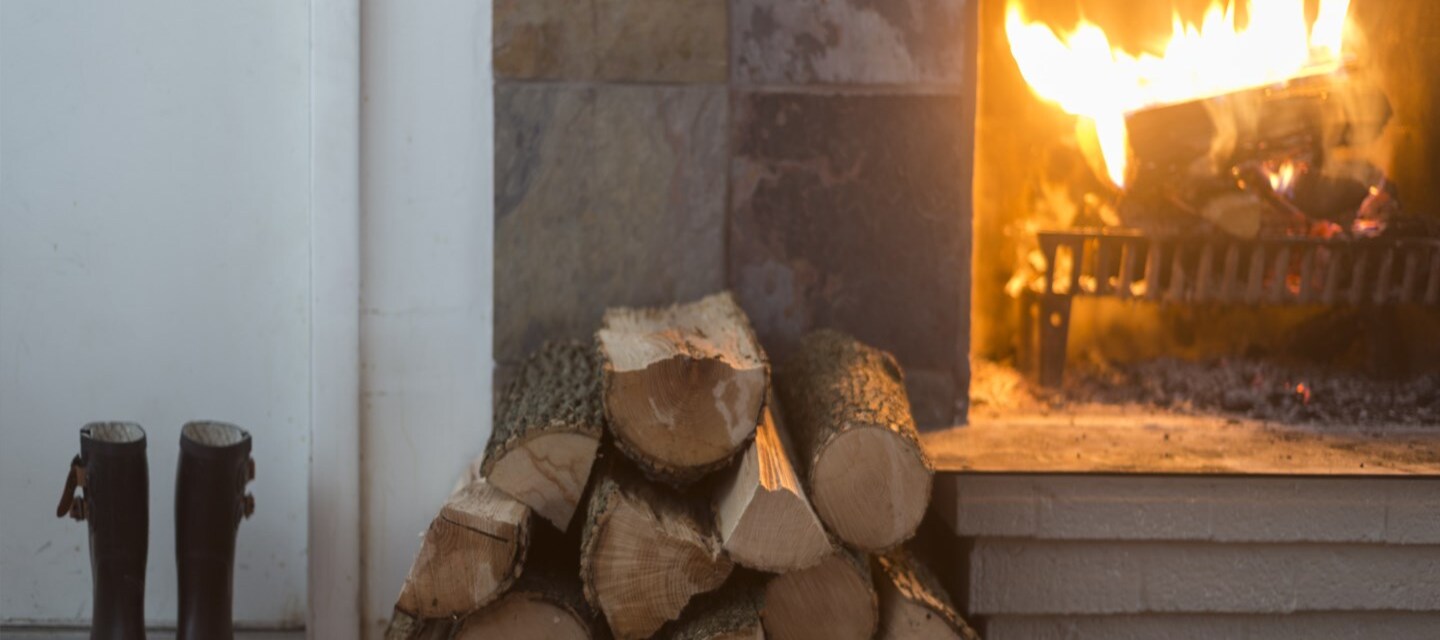

Articles
What Is The Best Wood For A Fireplace
Modified: February 23, 2024
Discover the top articles on what is the best wood for a fireplace, including tips on choosing the right wood to enhance your fireplace experience.
(Many of the links in this article redirect to a specific reviewed product. Your purchase of these products through affiliate links helps to generate commission for Storables.com, at no extra cost. Learn more)
Introduction
Choosing the best wood for your fireplace is essential for creating a warm and cozy atmosphere in your home. The type of wood you use can greatly impact the efficiency and effectiveness of your fireplace. Some types of wood burn hotter and longer, while others generate less smoke and soot. In this article, we will explore the factors to consider when selecting wood for your fireplace and discuss the various types of wood that are commonly used.
When it comes to choosing the right wood for your fireplace, there are several factors you should take into consideration. The first is the moisture content of the wood. Green or freshly cut wood contains a higher amount of moisture, which can make it difficult to burn and produce more smoke. It is recommended to use seasoned or kiln-dried wood, as it has a low moisture content and burns more efficiently.
The next factor to consider is the density of the wood. Dense woods like oak, hickory, and ash burn hotter and longer, providing a longer-lasting fire. These woods also produce less smoke and require less frequent refueling. On the other hand, softer woods like pine and cedar burn more quickly and are better suited for shorter fires or kindling.
Another consideration is the aroma produced when burning different types of wood. Some people enjoy the smell of certain woods, like cedar or apple, which can enhance the ambiance of the room. However, others may be sensitive to strong smells or prefer a more neutral scent.
The final factor to consider is the availability and cost of the wood. Some types of wood may be more readily available in certain regions, while others may need to be imported, making them more expensive. It is important to choose a wood that is both affordable and easily accessible for a sustainable and cost-effective source of fuel for your fireplace.
Now that we have explored the important factors to consider, let’s take a closer look at the different types of wood that are commonly used for fireplaces.
Key Takeaways:
- Choose hardwoods like oak, maple, and hickory for long-lasting, efficient fires with minimal smoke. Softwoods like pine and cedar offer quick ignition and pleasant aromas, perfect for kindling and bursts of warmth.
- Experiment with birch, cherry, apple, and ash woods to add unique aesthetics, delightful scents, and comfortable warmth to your fireplace. Consider factors like burn time, heat output, availability, and cost when selecting the best wood.
Read more: How To Stack Wood In A Fireplace
Factors to Consider When Choosing Wood for a Fireplace
When it comes to selecting the best wood for your fireplace, there are several important factors to keep in mind. These factors will not only affect the quality and efficiency of the fire but also contribute to the overall safety and maintenance of your fireplace. Let’s delve into these factors:
- Moisture Content: The moisture content of the wood is crucial in determining its burnability. Green or freshly cut wood contains a high amount of moisture, which leads to inefficient combustion, excessive smoke, and increased creosote buildup. It is recommended to use seasoned or kiln-dried wood, as it has a lower moisture content and burns more efficiently.
- Density: The density of the wood affects its burn time and heat output. Dense hardwoods like oak, maple, and ash burn hotter and longer, providing a sustained and cozy fire. Softwoods like pine and cedar, while easier to ignite, burn more quickly and are better suited for kindling or starting fires.
- Ash Content: The ash content of the wood is another crucial factor to consider. Wood with high ash content tends to produce more ash and requires more frequent cleaning and maintenance of the fireplace. Hardwoods like oak and maple have relatively low ash content, making them ideal choices for cleaner and hassle-free fires.
- Aroma: The aroma produced when burning different types of wood can greatly enhance the ambiance of your home. Woods such as cedar, cherry, and apple emit a pleasant, sweet-smelling fragrance that adds to the cozy atmosphere of the fireplace. However, some individuals may have preferences or sensitivities to certain scents, so it’s important to take this factor into account.
- Availability and Cost: The availability and cost of wood can vary depending on your location and the type of wood. Local hardwoods may be more readily available and cost-effective. On the other hand, exotic or imported woods might be pricier and require more effort to obtain. It is crucial to consider the accessibility and cost-effectiveness of the wood to ensure a sustainable and affordable fuel source for your fireplace.
By carefully considering these factors, you can select the most suitable wood for your fireplace, ensuring a cozy, efficient, and enjoyable experience for you and your family.
Types of Wood for Fireplaces
When it comes to choosing the best wood for your fireplace, there are various options available, each with its own unique properties. Let’s explore some of the most popular types of wood used for fireplaces:
- Oak: Oak is a dense hardwood known for its long burn time and high heat output. It produces a steady and sustained fire, making it a popular choice for fireplaces. Oak also creates a nice bed of hot coals, which is beneficial if you want to keep the fire going overnight.
- Maple: Maple is another hardwood that burns slowly and produces a high amount of heat. It is known for its beautiful flame pattern and provides a warm and cozy atmosphere. Maple wood is readily available and offers a good balance between burn time and heat output.
- Birch: Birch is a hardwood known for its bright flames and pleasant aroma when burned. It is relatively easy to ignite and provides a moderate heat output. Birch wood is popular for its attractive white bark and is commonly used for both indoor and outdoor fireplaces.
- Hickory: Hickory is a dense hardwood that burns hot and produces a strong heat output. It is commonly used in smokers and barbecues due to its distinct smoky flavor. Hickory wood is known for its long burn time and is an excellent choice if you desire a powerful and long-lasting fire.
- Ash: Ash is a versatile hardwood that burns well and produces a consistent heat output. It ignites easily and creates a pleasant, crackling fire. Ash wood is also known for its low moisture content, which contributes to efficient combustion and less smoke emission.
- Cherry: Cherry wood is prized for its beautiful grain patterns and aromatic properties. It burns slowly and produces a steady heat output. Cherry wood is often used for both heating and aesthetic purposes, as it adds a touch of elegance to any fireplace.
- Apple: Apple wood is highly sought after due to its pleasant aroma and unique flavor when used for smoking or grilling. It burns cleanly and produces a moderate heat output. Apple wood is commonly used in fireplaces for its delightful scent and adds a touch of sweetness to the air.
- Pine: Pine is a softwood that ignites easily and produces a quick burst of flames. It is often used for kindling to start a fire but is not ideal for long-duration burning. Pine wood may produce more smoke and creosote buildup compared to hardwoods, so it should be used sparingly and in combination with other woods.
- Cedar: Cedar is a softwood known for its aromatic qualities. It burns quickly and produces a pleasant scent that can fill the room. However, cedar wood should be used in moderation, as it can generate more sparks and smoke compared to hardwoods.
Remember, it is important to select the type of wood that best suits your needs, taking into account factors such as burn time, heat output, aroma, and accessibility. Experimenting with different types of wood can help you find your preferred choice for a warm and inviting fireplace experience.
Oak
Oak is highly regarded as one of the best types of wood for fireplaces, thanks to its exceptional burn qualities and high heat output. This dense hardwood is known for its durability and longevity, making it a trusted choice among homeowners.
When it comes to burning oak in your fireplace, you can expect a slow and sustained fire. Oak logs tend to burn for a longer period of time compared to other woods, allowing you to enjoy the warmth and ambiance for extended periods. Additionally, oak produces a significant amount of heat, making it ideal for heating larger spaces or for those extra chilly winter nights.
One of the advantages of using oak is its ability to create a robust bed of hot coals. This is especially beneficial if you want to keep a fire going throughout the night. The glowing coals help maintain the heat and make it easier to restart the fire in the morning.
Aside from its excellent burn qualities, oak wood produces minimal smoke and sparks. This makes it a safer option, particularly if you have a traditional open fireplace without a glass door or screen. With oak, you can enjoy the crackling sound and beautiful flames without worrying about excessive smoke or flying embers.
Additionally, oak has a low moisture content, which contributes to a more efficient burn. Green or wet wood tends to produce more smoke and requires more energy to burn off the excess moisture. Dry oak logs, on the other hand, ignite easily and provide a clean and efficient burn, resulting in less creosote buildup in your chimney.
If you’re looking for a versatile wood, oak is a great choice. It can be used in both indoor and outdoor fireplaces, as well as in wood-burning stoves. Oak is readily available in many regions and can be purchased as split logs or firewood bundles from local suppliers.
In summary, oak is a top-notch choice for your fireplace, offering a long burn time, high heat output, minimal smoke, and ease of use. Whether you’re seeking warmth, ambiance, or a reliable source of fuel, oak wood is sure to meet your fireplace needs.
Maple
Maple wood is another excellent choice for your fireplace, known for its appealing flame pattern, high heat output, and versatility. This dense hardwood offers a range of benefits that make it a popular option among homeowners.
When you burn maple wood in your fireplace, you can expect a slow and steady burn. The dense nature of maple logs allows them to burn for longer periods, providing sustained warmth and comfort. This makes maple a great choice for those who want to enjoy extended fires without constant refueling.
One of the standout features of maple wood is its remarkable flame pattern. When burning, maple produces vibrant, dancing flames that create a visually appealing display. This adds a touch of beauty and ambiance to your fireplace, making it a focal point of your living space.
In addition to its aesthetics, maple wood is known for its high heat output. It generates a substantial amount of warmth, making it an ideal choice for heating larger areas or spaces that require more heat. Whether you’re snuggling up next to the fireplace on a chilly evening or trying to combat the winter cold, maple wood will deliver the cozy atmosphere you desire.
Another advantage of using maple is its relatively low moisture content. Dry maple logs ignite easily and burn efficiently, minimizing smoke production. This not only reduces the risk of smoke entering your home but also helps prevent the buildup of creosote in your chimney. By choosing maple wood for your fireplace, you’re ensuring a cleaner and more efficient burning experience.
Maple wood is readily available in many regions, making it easily accessible for fireplace enthusiasts. You can purchase maple logs from local suppliers in the form of split logs or firewood bundles. Its popularity and availability also make it a cost-effective option for homeowners.
Whether you’re looking for a visually appealing flame pattern, a high heat output, or an efficient and clean burn, maple wood is a fantastic choice for your fireplace. It offers a combination of beauty, functionality, and availability that will enhance the enjoyment and comfort of your home.
Read more: How To Light Wood Fireplace
Birch
Birch wood is a popular choice for fireplaces, valued for its visual appeal, pleasant aroma, and ease of burning. Whether you’re looking to add warmth to your home or create a cozy atmosphere, birch wood is a fantastic option to consider.
One of the standout features of birch wood is its attractive white bark, which adds an elegant and rustic touch to any fireplace. The unique bark patterns create a visually striking display, making your fireplace a stunning focal point in your living space. Birch wood’s aesthetic appeal makes it a popular choice for both indoor and outdoor fireplaces and is often sought after for decorative purposes as well.
When it comes to burning birch wood, you’ll find that it ignites easily and produces a bright and vibrant flame. Birch logs are known for their quick and efficient burn, making them ideal for starting fires or adding a burst of flame to an established fire. This feature makes birch wood an excellent choice for kindling, allowing you to quickly establish a lively fire.
One of the distinctive characteristics of birch wood is its pleasant aroma. When burned, birch produces a sweet and aromatic scent that fills the air, adding to the cozy ambiance of your home. The aroma can evoke a sense of tranquility and relaxation, enhancing your overall fireplace experience.
In terms of heat output, birch wood provides a moderate level of warmth. While it may not produce the same intense heat as some hardwoods like oak or hickory, birch wood still offers a comfortable and inviting fire. It can provide enough heat for smaller spaces or as a secondary heat source in larger rooms.
It’s worth noting that birch wood is relatively easy to find and obtain. Many suppliers offer birch logs in the form of split logs or firewood bundles, allowing you to conveniently stock up on your preferred fireplace fuel.
Overall, birch wood’s visual appeal, pleasant aroma, and ease of burning make it a popular choice for fireplaces. Whether you’re seeking an attractive display, a quick and efficient burn, or a delightful fragrance, birch wood is sure to enhance the warmth and ambiance of your home.
Hickory
Hickory wood is highly regarded for its exceptional burning properties and its ability to produce a strong, intense heat in fireplaces. This dense hardwood is a popular choice for those seeking a powerful and long-lasting fire.
When you burn hickory wood in your fireplace, you can expect a hot and sustained fire. Hickory logs burn for a longer duration compared to many other types of wood, providing you with an extended period of warmth and comfort. This makes hickory an ideal choice for colder climates or for those who want to keep their fireplace burning throughout the night.
Hickory wood is renowned for its high heat output. It generates an intense and consistent heat, making it a popular choice for heating larger spaces or for situations where a strong heat source is needed. The ability of hickory to deliver a high level of warmth makes it a favorite among homeowners during the winter months.
Another advantage of hickory wood is its distinct smoky flavor. Many people use hickory wood for smoking or grilling due to the rich and flavorful taste it imparts to food. This unique characteristic makes hickory a desirable choice for those looking to infuse their fireplace experience with a touch of smoky aroma.
Though hickory wood burns intensely, it produces minimal smoke. This is especially beneficial if you have an open fireplace without a glass door or a screen, as it reduces the risk of smoke entering your living space. It is important to note that proper ventilation and a well-maintained chimney are still crucial for a safe and efficient burn.
Due to its density, hickory wood can be harder to ignite compared to other woods. It is recommended to use a well-established fire or suitable fire starters to ignite the logs. Once ignited, hickory will burn steadily, providing a long-lasting, intense fire.
Hickory wood is generally available from local suppliers and can be purchased as split logs or firewood bundles. Its popularity, along with its long burn time and high heat output, makes it a sought-after choice for homeowners looking to create a powerful and enduring fire in their fireplaces.
In summary, hickory wood offers a prolonged, intense burn, high heat output, and a distinct smoky flavor. Whether you’re looking for a reliable and powerful heat source or aiming to infuse your fireplace experience with a delicious aroma, hickory wood is an excellent choice for your fireplace.
The best wood for a fireplace is hardwood such as oak, maple, or birch. These woods burn hotter and longer, producing more heat and less creosote buildup. Avoid softwoods like pine, as they can create more creosote and burn faster.
Ash
Ash wood is a versatile and highly regarded choice for fireplaces, known for its excellent burning properties and efficient heat output. This hardwood is a popular option among homeowners due to its clean burn, minimal smoke production, and accessibility.
When burning ash wood in your fireplace, you can expect a consistent and controlled fire. Ash logs burn efficiently, providing a steady and sustained heat source. This makes ash wood an ideal choice for longer fires or when you want to maintain a cozy atmosphere for an extended period of time.
Ash wood is known for its low moisture content, which contributes to an efficient burn with minimal smoke emission. Dry ash logs ignite easily and produce a clean and controlled burn, resulting in less soot and creosote buildup in your chimney. This not only helps to improve your fireplace’s efficiency but also reduces the risk of potential chimney fires.
In terms of heat output, ash wood provides a moderate level of warmth. While it may not generate the same intensity of heat as some hardwoods like oak or hickory, it still offers a comfortable and inviting fire. Ash wood is particularly suitable for smaller spaces or as a supplemental heat source in larger areas.
One of the advantages of ash wood is its versatility. It is widely available in many regions and can be easily obtained from local suppliers in the form of split logs or firewood bundles. Its accessibility and affordability make it a practical choice for homeowners who are looking for a reliable and cost-effective fuel source for their fireplaces.
Furthermore, ash wood is known for its attractive flame patterns and glowing embers. The flames produced by burning ash wood have a vibrant and mesmerizing quality, adding to the overall ambiance of your fireplace. The glowing embers provide a cozy and comforting glow, enhancing the visual experience of sitting by the fire.
To ensure the best results when using ash wood, it is recommended to use seasoned or kiln-dried logs. This helps to further reduce the moisture content and improve the overall burn efficiency. Proper maintenance of your fireplace, including regular cleaning and inspection of your chimney, will also contribute to a safer and more enjoyable ash wood burning experience.
In summary, ash wood offers a clean burn, moderate heat output, and accessibility, making it a versatile and popular choice for fireplaces. Whether you’re looking for an efficient heat source or a visually appealing flame, ash wood is sure to deliver a satisfying and cozy fireplace experience.
Cherry
Cherry wood is a highly sought-after option for fireplaces, prized for its beautiful appearance, pleasant aroma, and efficient burn. This hardwood is known for its versatility and is a popular choice for both its aesthetic appeal and practical qualities.
When burning cherry wood in your fireplace, you can expect a slow and controlled burn. Cherry logs provide a steady heat output, allowing you to enjoy a longer-lasting fire. This makes cherry wood an excellent choice for extended periods of warmth and comfort, particularly during cold winter nights.
One of the standout features of cherry wood is its captivating appearance. The wood boasts rich colors and a beautiful grain pattern, adding a touch of elegance and sophistication to your fireplace. The vibrant hues and intricate patterns make cherry wood a prized option for those seeking a visually appealing and unique fireplace experience.
In addition to its appealing aesthetics, cherry wood offers a pleasant aroma when burned. The wood emits a sweet and fragrant scent that fills the air, enhancing the ambiance of your living space. The delightful aroma creates a warm and inviting atmosphere, further enhancing the enjoyment of your fireplace.
Cherry wood also burns efficiently and produces a moderate heat output. While it may not generate as much heat as dense hardwoods like oak or hickory, cherry wood still offers a substantial amount of warmth. It is particularly suitable for smaller areas or as a supplemental heat source in larger rooms.
Another advantage of cherry wood is its accessibility. It is readily available from local suppliers, making it a convenient choice for homeowners. Cherry wood can be purchased as split logs or firewood bundles, allowing you to easily stock up on your preferred fuel for your fireplace.
It is important to note that cherry wood burns best when it has been properly seasoned or kiln-dried. This helps to reduce the moisture content, resulting in a cleaner and more efficient burn. Regular fireplace maintenance, including chimney cleaning, is recommended to ensure optimal performance and safety when using cherry wood.
In summary, cherry wood offers a visually appealing appearance, pleasant aroma, and efficient burn. Whether you’re seeking a unique and elegant fireplace display or looking to enjoy the delightful scent of cherry wood, it is a fantastic choice for creating a warm and inviting ambiance in your home.
Read more: How To Build Wood Burning Fireplace
Apple
Apple wood is a highly sought-after and distinctive choice for fireplaces, valued for its pleasant aroma, unique flavor, and clean burn. This hardwood offers a range of qualities that make it a favorite among homeowners who want to add a special touch to their fireplace experience.
When you burn apple wood in your fireplace, you will be greeted by a delightful and sweet aroma. The wood emits a pleasing scent that fills the air as it burns, enhancing the overall ambiance of your living space. The inviting aroma creates a warm and inviting atmosphere, making your fireplace a cozy and comforting retreat.
In addition to its appealing fragrance, apple wood offers a unique flavor when used for smoking or grilling. It adds a distinct sweet and fruity taste to food, making it a popular choice for those who enjoy the flavor enhancement that smoking with wood can provide. This makes apple wood a versatile option for those looking to infuse their dishes with a subtle and delicious hint of fruitiness.
Apple wood is known for its clean burn, producing minimal smoke and requiring less maintenance. It ignites easily and burns efficiently, resulting in less creosote buildup in your chimney. This not only contributes to a cleaner and safer fireplace but also makes for easier maintenance and a more enjoyable fire experience.
While apple wood burns cleanly, it also provides a moderate heat output. It offers a comfortable level of warmth, suitable for smaller spaces or as a supplemental heat source in larger rooms. Whether you’re cuddling up next to the fireplace on a chilly evening or simply enjoying the flickering flames, apple wood provides a cozy and inviting fire.
Apple wood is relatively easy to find and obtain. Many local suppliers offer apple wood in the form of split logs or firewood bundles, allowing you to conveniently stock up on your preferred fireplace fuel. Its availability makes it a practical choice for homeowners who want to add a touch of aroma and unique flavor to their fireside experience.
In summary, apple wood offers a delightful aroma, unique flavor, and clean burn. Whether you’re seeking a fragrant and inviting fireplace experience or looking to infuse your smoked dishes with a hint of fruitiness, apple wood is a fantastic choice for adding a special touch to your home’s ambiance.
Pine
Pine wood is a widely available and popular choice for fireplaces, valued for its easy ignition and quick-burning qualities. While pine wood may not offer the same long burn time or intense heat as hardwoods, it has its unique advantages and is often used as a supplemental or starting fuel source in fireplaces.
When it comes to starting fires, pine wood is highly effective due to its resin content. It ignites easily and produces a quick burst of flames, making it ideal for kindling and getting your fire started. Pine wood’s ability to catch fire rapidly can help establish a strong foundation for your fire, allowing you to gradually add larger and denser logs for sustained warmth.
Another advantage of burning pine wood is its pleasant aroma. When ignited, pine wood releases a natural, earthy fragrance that many people find appealing. The scent adds a touch of freshness and brings a rustic atmosphere to your home, enhancing the overall fireplace experience.
However, it’s worth noting that pine wood burns relatively quickly compared to hardwoods. This means that pine logs will have a shorter burn time and will require more frequent refueling. Pine wood’s fast-burning qualities make it suitable for shorter fires or when you need a quick burst of warmth, such as during mild weather or when starting a fire for ambiance rather than prolonged heating.
While pine wood is a popular choice, it’s important to be aware of the potential drawbacks. Pine tends to produce more sparks and crackles compared to hardwoods when burned. To minimize the risk of sparks flying out of the fireplace, it’s advisable to use a fireplace screen or glass door for added safety.
Additionally, pine wood has a higher resin content, which means it may produce more smoke and contribute to creosote buildup in the chimney. Regular maintenance and chimney cleaning are essential to ensure proper airflow and reduce the risk of chimney fires when burning pine wood.
Pine wood is readily available and can often be obtained at a lower cost compared to hardwoods. Its accessibility makes it a popular choice, especially for those who want a convenient and budget-friendly source of fuel for their fireplaces.
In summary, pine wood offers easy ignition, a quick-burning nature, and a pleasant aroma. Whether you need kindling to start your fire or desire a shorter burst of warmth, pine wood provides a practical and accessible option for your fireplace needs. Just be sure to take precautions for safety and proper maintenance when using pine wood as your fuel source.
Cedar
Cedar wood is a popular choice for fireplaces, known for its appealing aroma, ease of ignition, and unique qualities. This softwood offers several advantages that make it a sought-after option for enhancing the ambiance and enjoyment of your fireplace.
One of the standout features of cedar wood is its delightful and distinct scent. When burned, cedar wood releases a pleasant, natural aroma that fills the air and creates a soothing atmosphere. The aroma adds a touch of tranquility and freshness to your living space, enhancing the overall fireplace experience.
In addition to its appealing fragrance, cedar wood is known for its ease of ignition. It catches fire quickly and produces a fast and lively burn, making it an ideal choice for kindling and getting your fire started. Cedar wood’s ability to ignite easily allows you to build your fire swiftly, leading to a cozy and warm fireplace in no time.
Another advantage of cedar wood is its vibrant flame display. When burned, cedar produces tall and bright flames that add a captivating visual element to your fireplace. The dancing flames create a mesmerizing ambiance, making your fireplace a focal point of visual interest in your home.
While cedar wood provides an enjoyable and aromatic burning experience, it is important to note that it is a softwood. This means that cedar burns relatively quickly compared to hardwoods, such as oak or maple. It is more suitable for shorter fires or when you want a burst of warmth rather than a sustained burn. Using cedar wood as a supplemental fuel source in combination with hardwoods can help achieve a longer-lasting fire.
It’s worth mentioning that cedar wood may produce more sparks and smoke compared to hardwoods. To mitigate the risk of sparks escaping the fireplace, it is recommended to use a fireplace screen or glass door for added safety. Additionally, regular chimney inspections and cleanings are essential to maintain proper airflow and reduce the chance of creosote buildup.
Cedar wood is readily available from local suppliers and can be obtained in the form of split logs or firewood bundles. Its accessibility and relatively affordable cost make it a popular choice among homeowners who appreciate the aromatic qualities and unique burning characteristics of cedar.
In summary, cedar wood offers a delightful aroma, easy ignition, and vivid flames. Whether you’re seeking a soothing scent, a visually captivating display, or an overall enhanced fireplace experience, cedar wood is an excellent choice for creating a warm and inviting ambiance in your home.
Conclusion
When it comes to choosing the best wood for your fireplace, there are several factors to consider. From density and moisture content to aroma and availability, each type of wood offers unique qualities that can enhance your fireplace experience. By understanding the characteristics of different woods, you can make an informed decision that aligns with your heating needs, preferences, and budget.
Hardwoods like oak, maple, and hickory are known for their long burn time, high heat output, and sustained heat. They provide a reliable heat source and are ideal for larger spaces or when you’re looking to keep the fire burning throughout the night. These woods also produce minimal smoke and require less frequent refueling, making them popular choices for efficient and clean burning fires.
Softer woods like pine and cedar are valued for their ease of ignition and quick-burning qualities. They are often used as kindling to start fires or to add a burst of flame to an established fire. While they may not provide the same long-lasting burn as hardwoods, they contribute to the visual appeal and fragrance of the fire.
Birch, cherry, apple, and ash woods offer their own unique characteristics, such as attractive bark, a pleasant aroma, or a balance of burn time and heat output. These woods can provide an aesthetic touch, a delightful scent, or a comfortable level of warmth, depending on your preferences and specific requirements.
Ultimately, the best type of wood for your fireplace will depend on your individual needs and preferences. Consider factors such as burn time, heat output, aroma, availability, and cost. Experimentation and finding the right balance of woods can also offer a personalized fireplace experience tailored to your liking.
Remember to practice proper fireplace maintenance, including regular chimney cleaning, regardless of the type of wood you choose. This will ensure efficient burning, reduce the risk of smoke and creosote buildup, and promote overall safety.
Whether you’re seeking a warm and cozy atmosphere or a visually captivating display, selecting the right wood for your fireplace is crucial. With careful consideration and a bit of experimentation, you can create an inviting and enjoyable fireplace experience that adds comfort and ambiance to your home.
Frequently Asked Questions about What Is The Best Wood For A Fireplace
Was this page helpful?
At Storables.com, we guarantee accurate and reliable information. Our content, validated by Expert Board Contributors, is crafted following stringent Editorial Policies. We're committed to providing you with well-researched, expert-backed insights for all your informational needs.
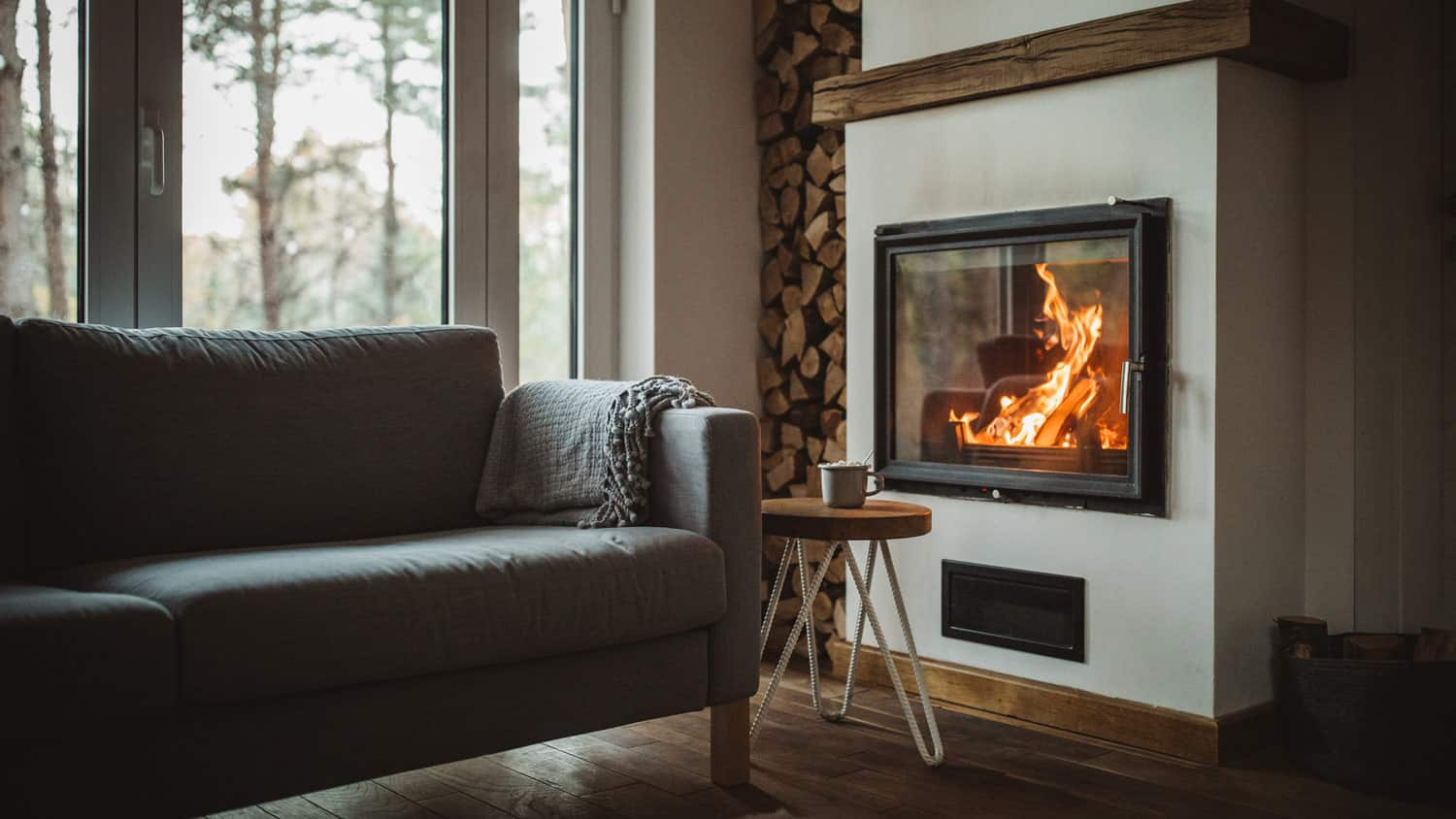
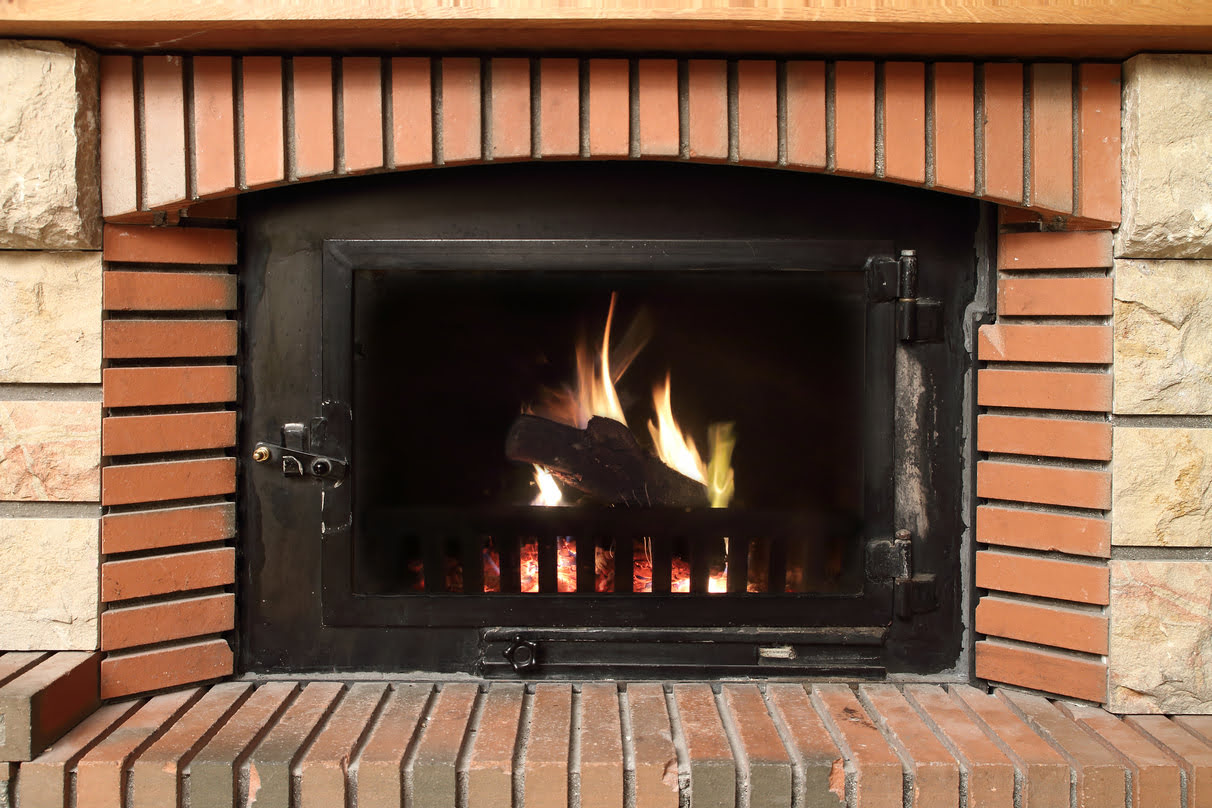
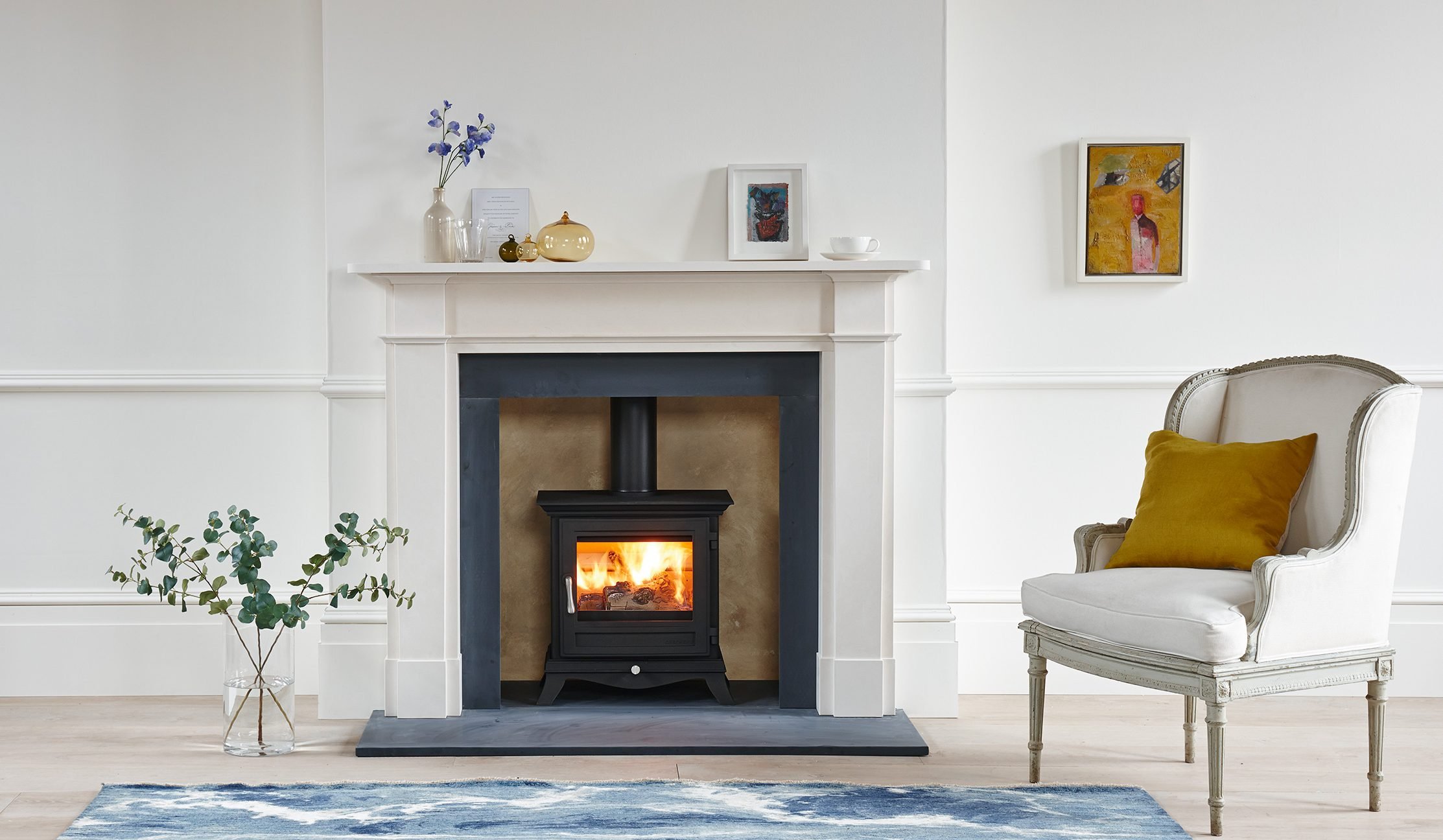
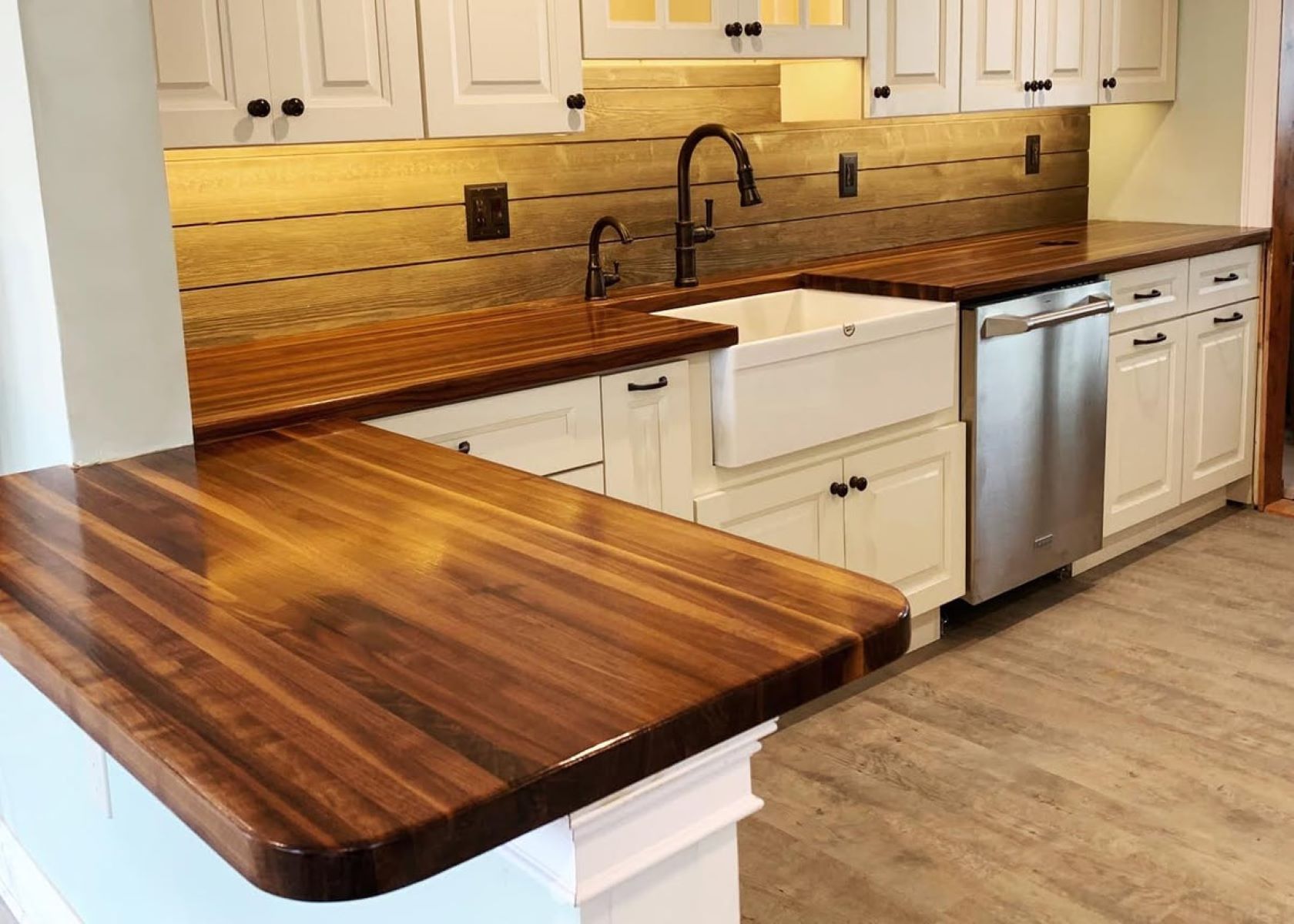
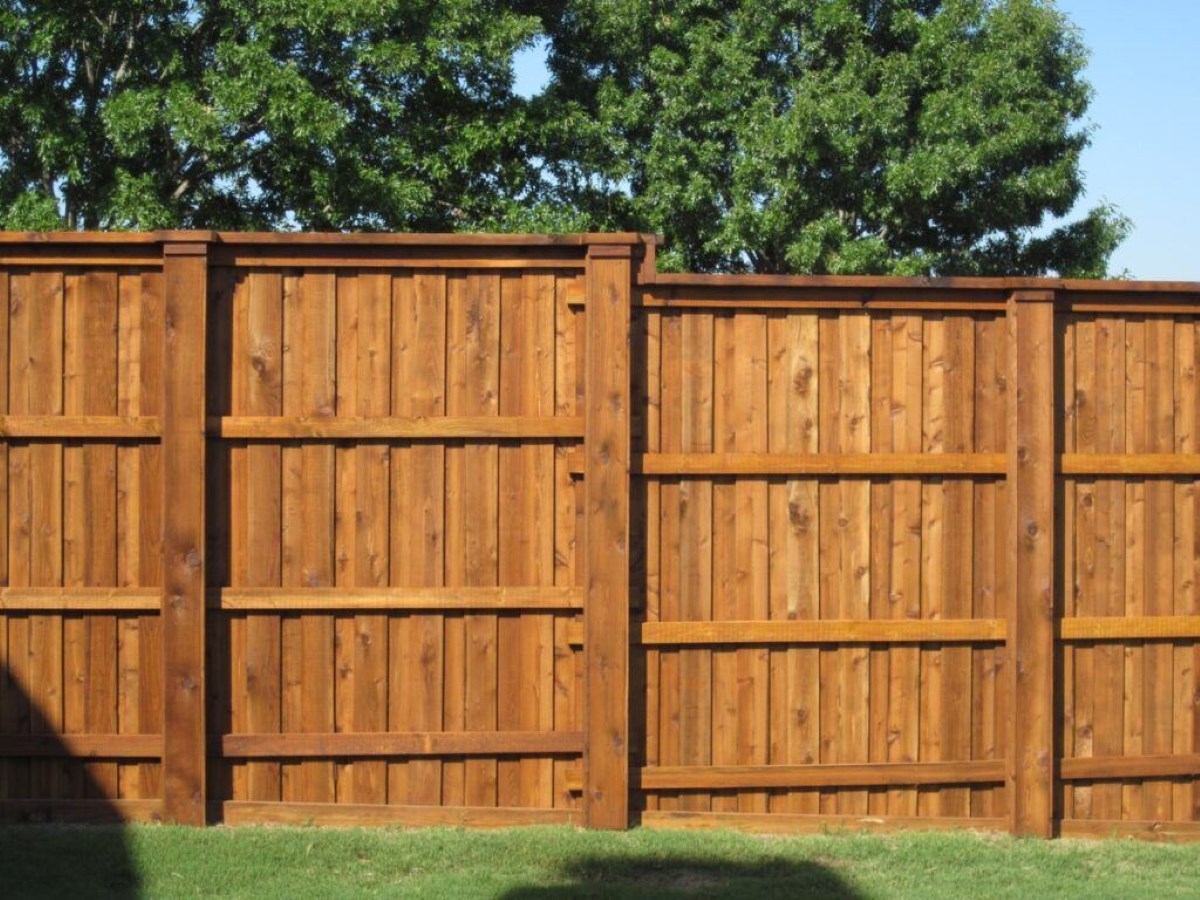
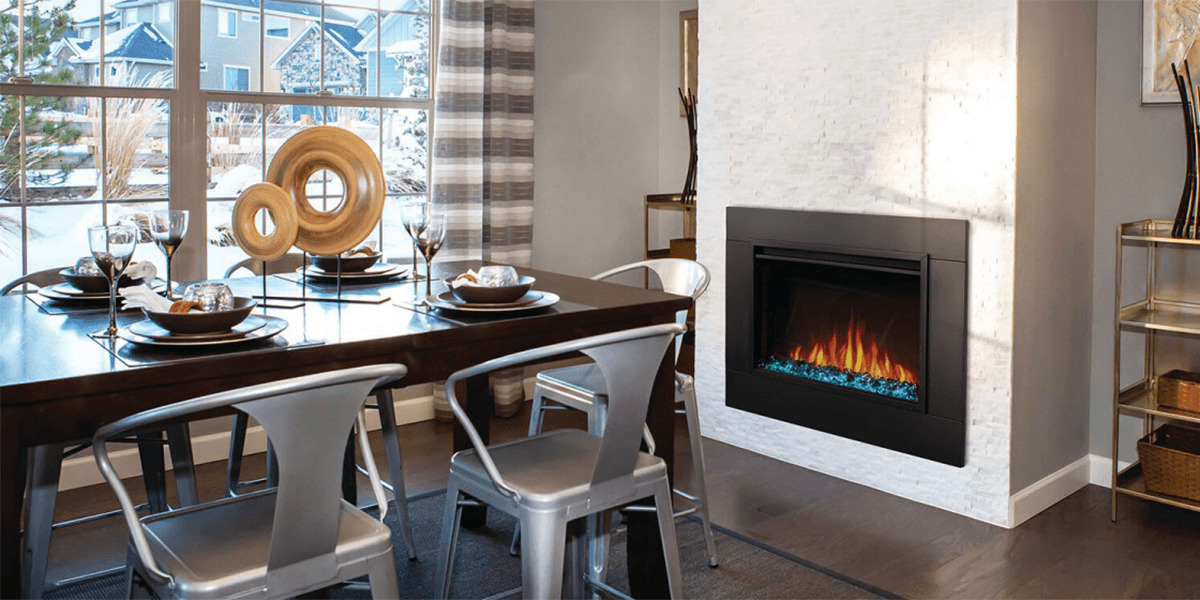
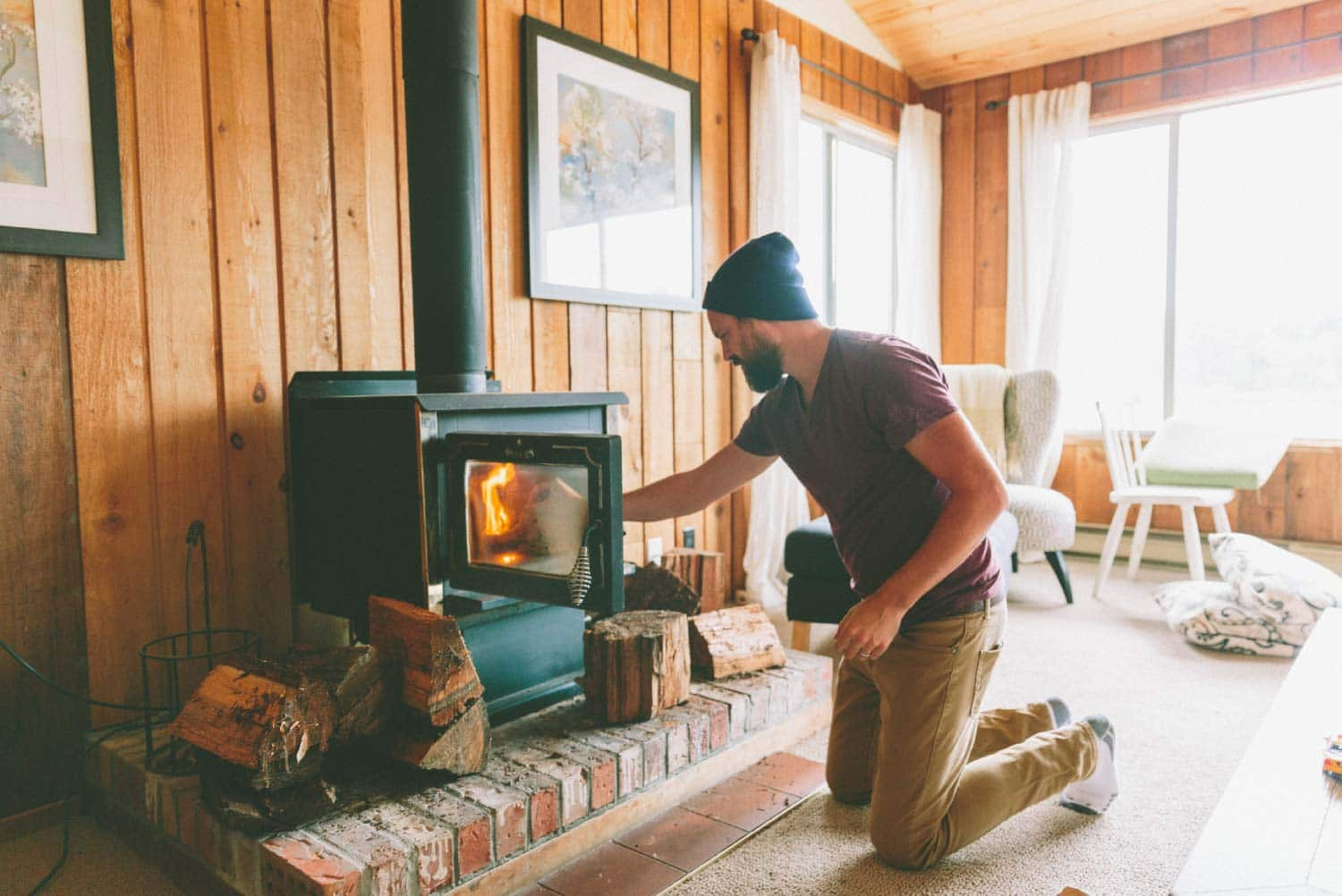
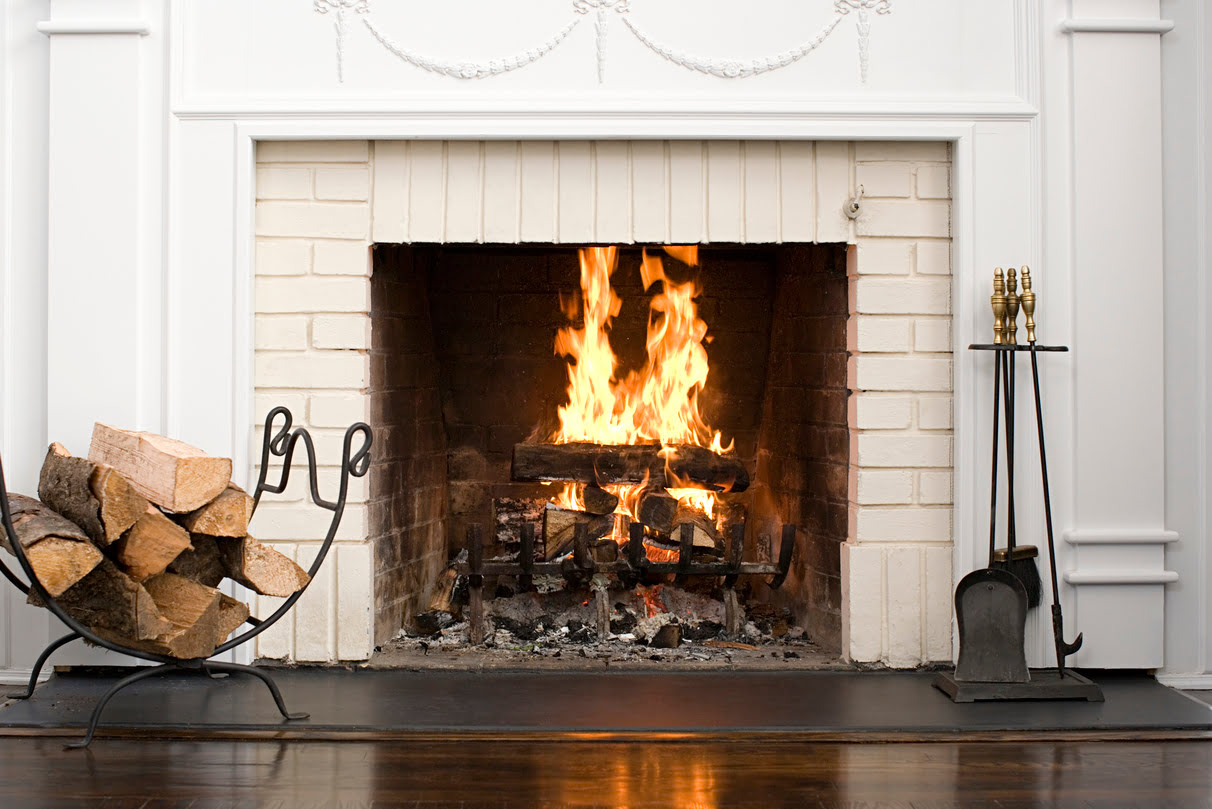
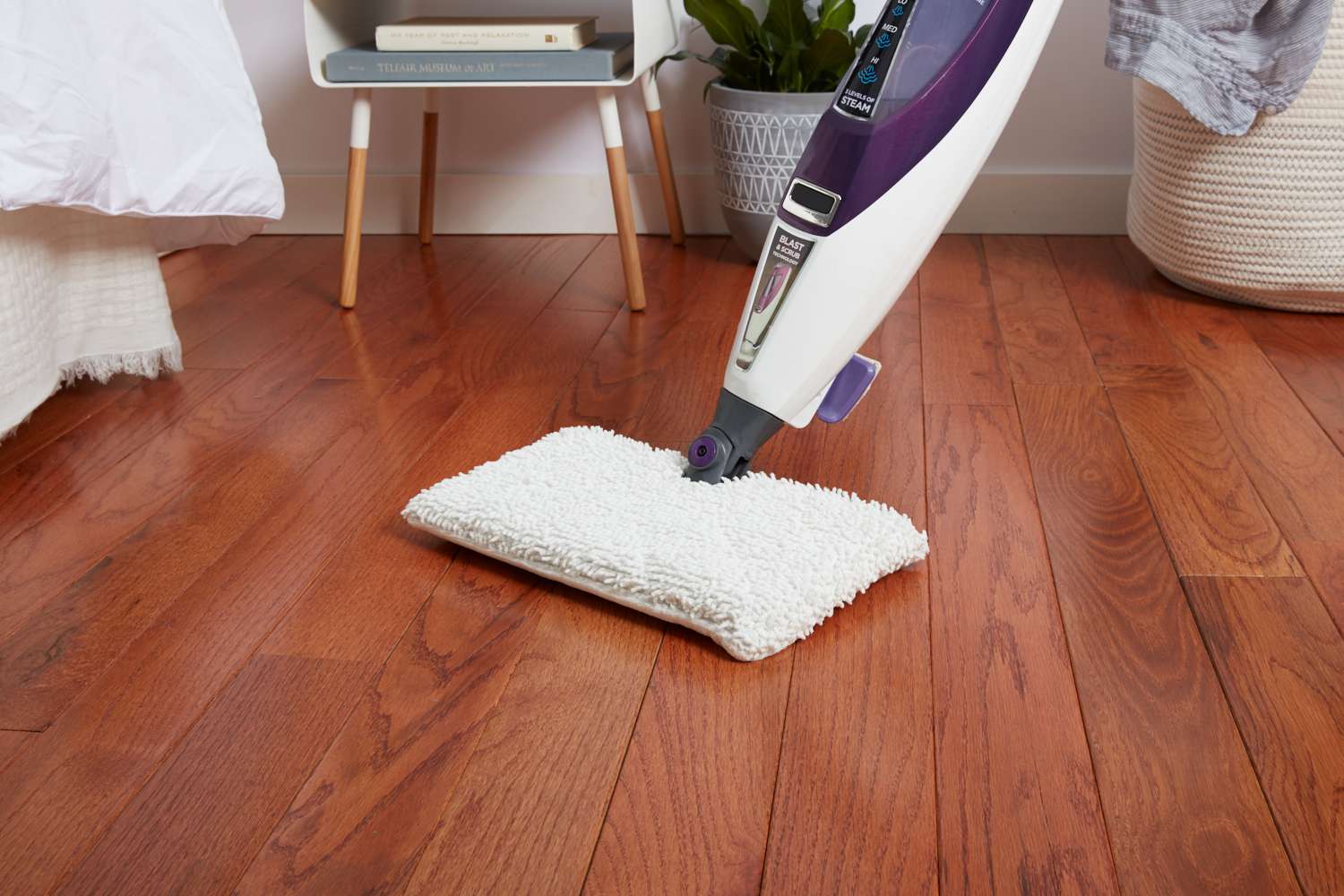
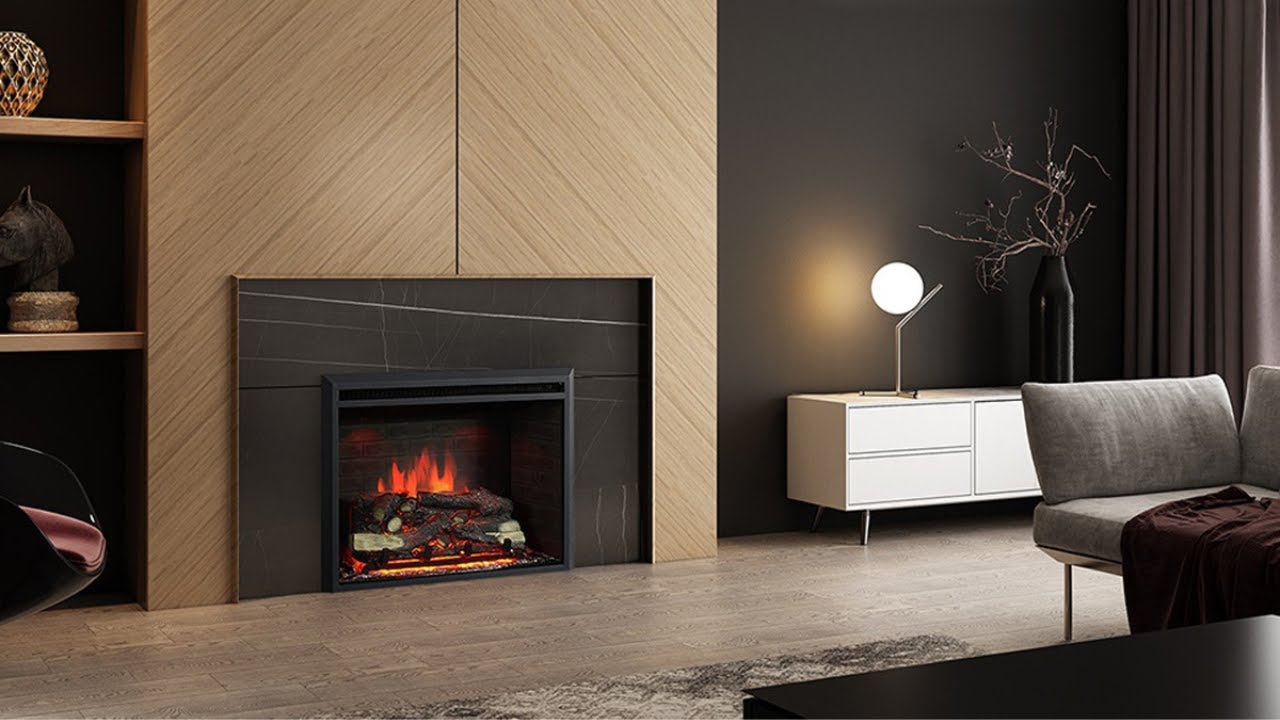
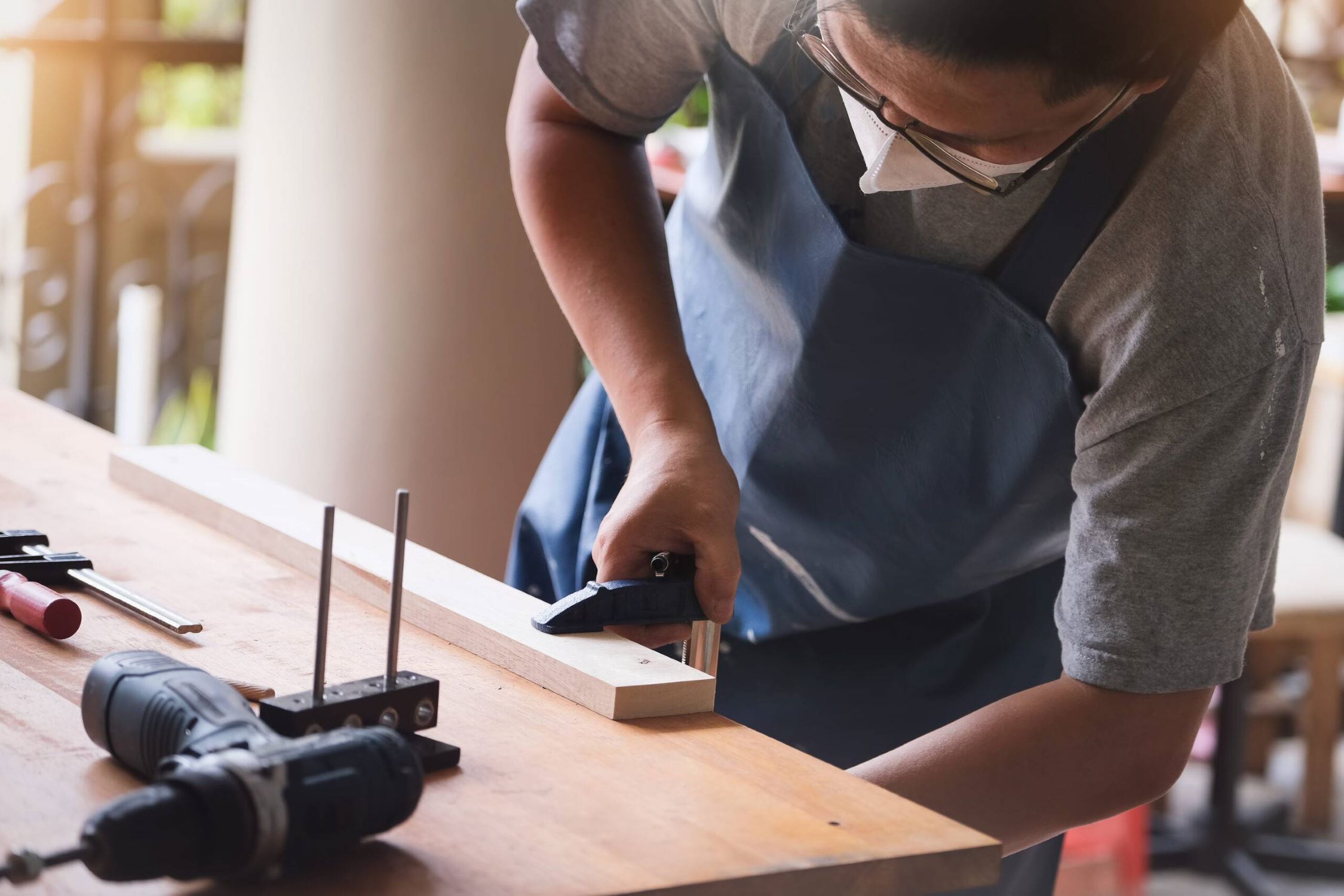
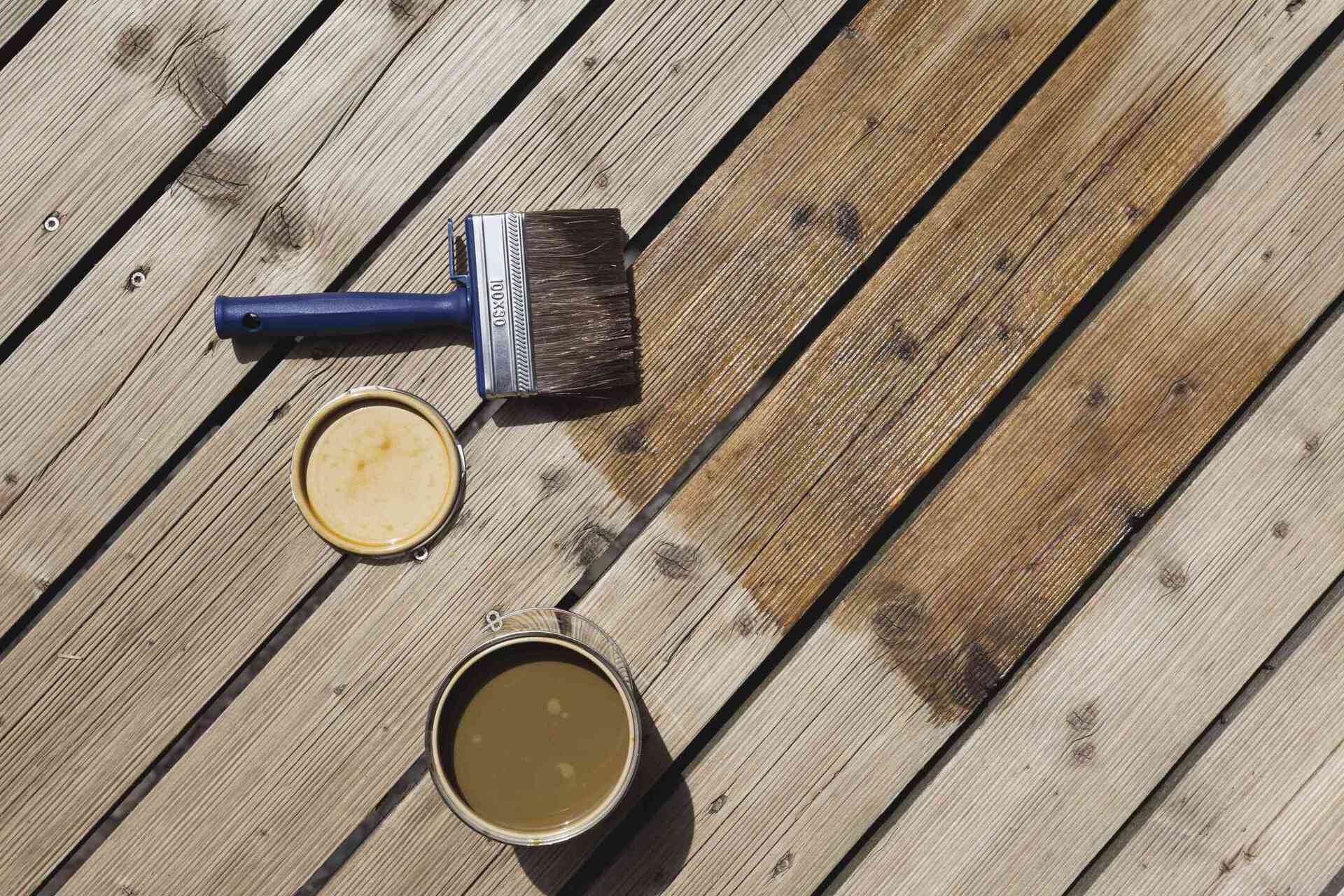
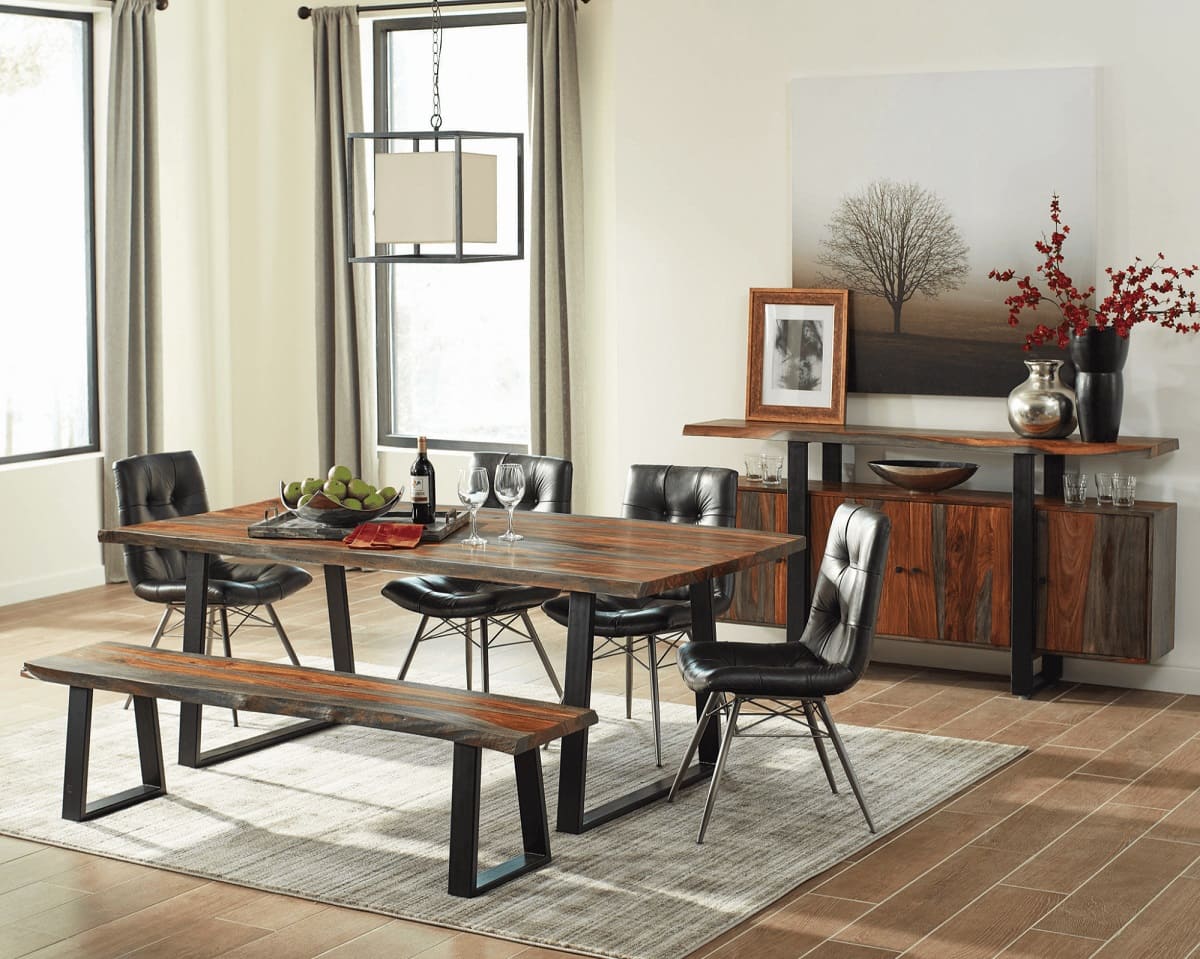

0 thoughts on “What Is The Best Wood For A Fireplace”